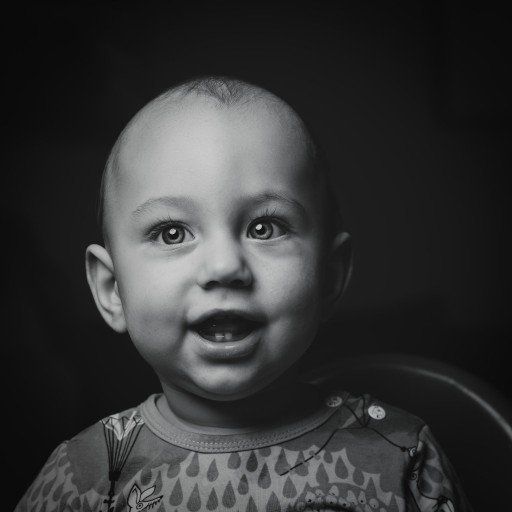Cataracts in children can cause long term vision damage if not properly diagnosed and treated.
While cataracts generally develop in people over the age of 65, they are sometimes found in children as well. It’s not uncommon for a child to be born with a cataract (congenital), or to develop one during early childhood (acquired). In fact, it’s estimated that 1 in 250 children will be born with or will develop a cataract.
Congenital cataracts are usually small, and don’t impair the child’s vision or development. Sometimes they aren’t visible with the naked eye and can only be found during eye tests. If the cataract is large it can have more serious repercussions such as vision loss, or misaligned vision known as amblyopia. Since children develop quickly, their brain may build abnormal visual connections to explain the uneven vision. This can lead to additional health concerns or permanent vision loss.
Cataracts can also develop as children grow. It can be difficult to identify what caused a cataract to grow. Bilateral cataracts, or cataracts developed in both eyes, have strong links to hereditary factors and should be checked for during regular appointments. The underlying cause of acquired singular cataracts, or cataracts that are only present in one eye is unknown, but factors such as trauma to the eye or diabetes can accelerate development.
Doctors will assess potential impacts on the child’s vision to determine if surgery is necessary. If the cataract is extremely small and not impairing eyesight, the ophthalmologist may advise against surgery until, or if, the cataract progresses.
Cataract surgery for children is similar to adults. The cloudy lens is broken up and removed, but placing an intraocular lense (IOL)in a child's eye is uncommon since they’re developing so quickly. More commonly the child will use contact lenses or prescription glasses which can be modified as they grow.





